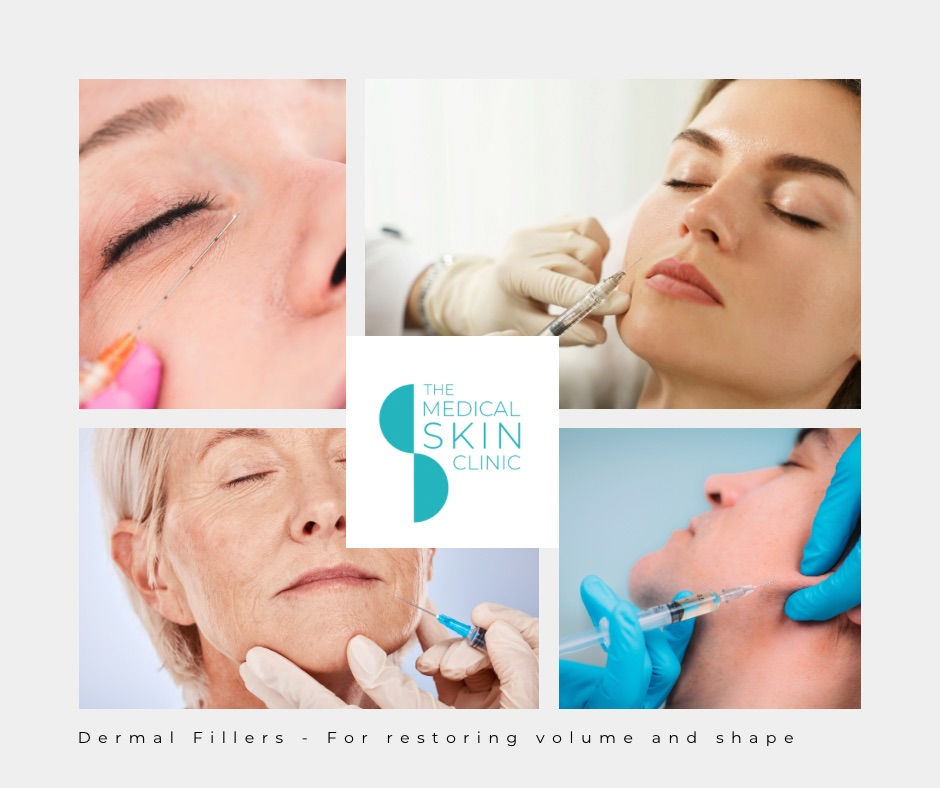FAQ’s Dermal Fillers
- Dec 17, 2023
- 3 min read
Updated: Jan 3, 2025
What is the difference between Dermal Fillers and Wrinkle Injections?
Wrinkle Injections describe the use of a prescribed medicine injected to reduce muscle movement, most commonly around the eyes and upper face. Dermal fillers are a Hyaluronic Acid based product which forms a gel substance following the addition of chemicals known as BDDE. The gel is made in different concentrations to provide a range of treatment options from a very thick filler which gives projection to areas like the cheeks, to very fine filler for superficial treatments such as fine lines and scars, and a variety in between. The gel is injected into deep and superficial tissues to volume areas or to smooth fold and lines.
How long does it last?
We typically use a brand called Teoxane which lasts anywhere from 6-18 months depending on the product and where it is placed. Generally areas that move more (like the mouth) typically last 6 months whilst areas like the tear troughs can last 18 months or more. Never accept treatments with permanent fillers as there are significant risks with products that cannot be dissolved in the event of a problem.
Does it hurt?
Whilst we take every precaution to reduce pain, including the use of topical and injectable lidocaine, it wouldn't be fair to say that dermal fillers are completely pain free. That said, many express that they feel pressure rather than pain and the skill of the Clinician is vital to reduce pain. Lips are commonly the more sensitive area whilst very few are concerned with areas such as the cheeks or chin.
Where can Dermal Fillers be used?
Within reason; dermal fillers can be used anywhere on the face where volume has been lost or there is a depression or crease in the skin. A good Clinician will be aware of the safety areas to avoid and speak openly with the patient about the best approach to treatment. The most common areas to be treated are the temples, cheeks, lips, jawline, chin and lines around the mouth.
How are Dermal Fillers injected?
There are 2 ways of injecting dermal fillers; with needles or with a a cannula. The cannula is considered safer for some areas and can help reduce the risk of bruising as it reaches further than a needle with one insertion point, and has a blunt tip that can push past blood vessels rather than pierce them. Needles are still commonly used for deep injections such as the cheeks and chin, for very superficial injections such as scars and fine lines and at points of finer details such as the lips. In experienced hands, studies do not show a significant difference in safety outcomes between the 2.
I don't want to look unnatural, what can I do?
Most importantly, find a good, experienced Nurse, Doctor or Dentist to perform your treatments. Technique is very important so Injectors who follow fads and trends should be approached with caution. Opt for a Clinician who looks natural themselves and who's portfolio reflects natural looking results. Ensure that top quality products are used such as Teoxane or Juvederm, as cheap products can lead to more complications and are more difficult to dissolve should you not like the results or a problem arise.
Who should inject my Dermal Fillers?
Alarmingly to most, current laws to not restrict the injection of dermal fillers to Healthcare Professionals but we believe they should. Chose an experienced Clinician who is current on the register of their regulatory body and has undergone training in aesthetic treatments. Avoid injectors who are cagey about their backgrounds and training, and always follow your instincts when choosing a provider.
Feel free to direct your questions to reception@medicalskinclinic.co.uk
See our website for more information, www.medicalskinclinic.co.uk
Or call to book a consultation: 01638 476423







Comments